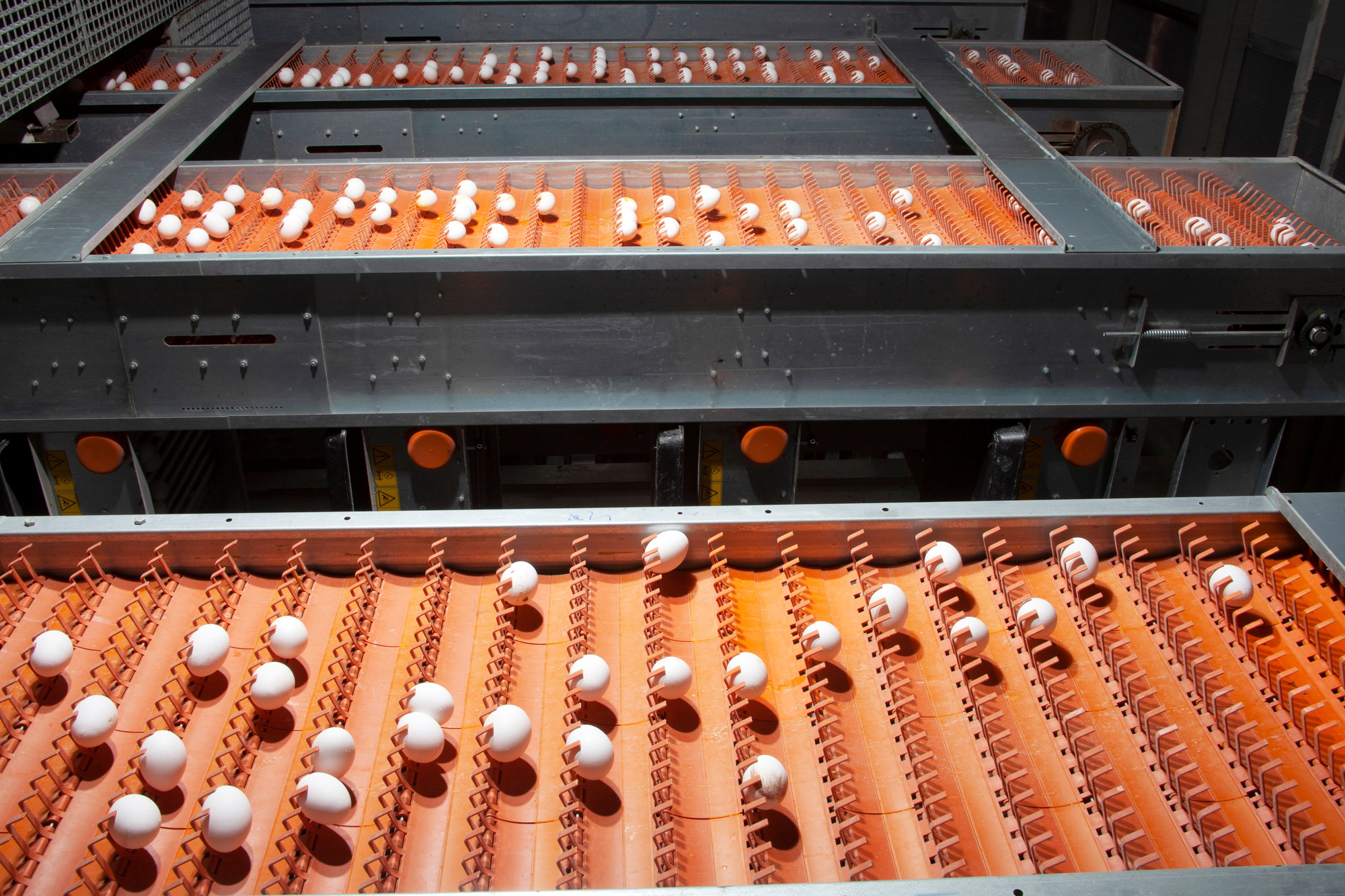Eggs are the unsung heroes of our daily lives, quietly providing sustenance and endless possibilities in the culinary world.
However, when it comes to breeding birds or maintaining a hatchery, eggs take on an entirely new significance. Understanding egg viability is crucial for ensuring the health of your future flock. By recognizing the signs of dead, contaminated, and clear eggs, you can optimize the success rate of your hatchery, potentially transforming your efforts into a thriving system.
Let’s embark on a journey to uncover the secrets of egg viability, guiding you through the process with insightful methods, tips, and techniques that make the complex world of eggs accessible to all.
The Art and Science of Egg Incubation
Incubation is an intricate dance between light, heat, and time. It’s a process that requires meticulous attention to detail and a watchful eye. If you’d like more information on the subject, please visit https://www.ecat-id.com/en. In this section, we’ll delve into the nuanced art and scientific techniques behind successful incubation.
Harnessing Light and Heat
The key to incubation begins with mastering the balance of light and heat. Mimicking a natural environment, incubators aim to replicate the warmth that a mother hen provides. Maintaining a consistent temperature of around 99.5°F (37.5°C) is vital. An even distribution of heat ensures that no egg is left behind in the race to hatch.
The Essential Role of Humidity
Humidity is the hidden hero in the incubation process. Too dry, and the embryo risks dehydration; too moist, and it may drown before it even begins. Aim for a relative humidity of 40-50% during the first 18 days and increase it to 65-75% in the final days. This adjustment facilitates the chick’s hatching process, easing its transition from egg to the world.
The Mark of Fertility
Unveiling the true potential of an egg begins with understanding its fertility. Fertile eggs possess the capability to transform into live chicks, while infertile (or clear) eggs lack this potential. Observing the egg’s appearance can offer initial clues. Yet, the most reliable methods involve candling, a technique used to glimpse inside the egg without cracking its shell. This practice allows you to identify signs of life and track embryo development.
Mastering the Candling Technique
Candling is the art of peering into the heart of an egg to determine its status. In this section, we’ll teach you the candling technique – a skill crucial for identifying clear, contaminated, and dead eggs.
The Dance of Light
In candling, light is your ally. Arm yourself with a bright flashlight or a specialized candling lamp. Hold the egg against the light source in a dark room. The shell becomes a window, revealing an intricate dance of shadows and light.

White eggs on the conveyor belt. Poultry farm. Egg factory.
Spotting the Signs
- Clear eggs: These appear translucent when candled, often with just a yolk shadow. They typically indicate infertility or early embryo death.
- Contaminated eggs: These may exhibit dark spots or streaks within the shell, potentially signaling bacterial invasion. Such eggs risk compromising the entire flock if not separated.
- Dead eggs: These can show blood rings or irregular development. Identifying and removing them ensures better outcomes for living embryos.
The Power of Precision
The magic of candling lies in its ability to convey vital information without breaking the shell. With precise observation, you can determine fertility, growth, and potential threats lurking within your hatchery. Practicing this skill enhances your ability to nurture a thriving brood.
Navigating the Challenges of Egg Development
The road to a successfully hatched chick is fraught with challenges, from environmental shifts to potential contamination. Here, we uncover crucial insights to help you navigate the egg development process and boost your hatch rates.
Preserving the Environment
Environmental conditions can heavily influence embryo development. Beyond temperature and humidity, ensure that your incubation area remains sanitary to prevent contamination. Regularly cleaning equipment and controlling air quality are paramount steps for a healthy system.
The Breakout Saga
“Breakout” refers to examining eggs that failed to hatch, to understand what went wrong. It’s a detective endeavor that can inform future practices. By analyzing these eggs, you can identify common problems, be it contaminated shells or temperature mishaps, and adjust your protocol accordingly.
Collaboration with Nature
While technology plays a significant part, never underestimate the wisdom of nature. Observing wild or domesticated birds can provide invaluable insights into hatching rhythms. The instinctual behaviors of birds offer a blueprint for optimizing your hatchery’s practices.
The Cycle of Life
Ultimately, every egg represents a cycle : birth, life, and sometimes, death. Embracing the cycle and understanding the demanding yet profoundly rewarding nature of managing eggs is key to success. In the delicate world of egg viability, precision, patience, and a bit of light can make all the difference. By mastering the techniques of candling and understanding the intricacies of incubation, you empower yourselves to transform simple eggs into thriving members of your flock.
Challenges may arise, but armed with knowledge and determination, your hatchery can flourish. As you embark on this cool, modern, and human journey, remember that each egg holds the potential for life and, with the right methods, you can unlock it. Happy hatching!
